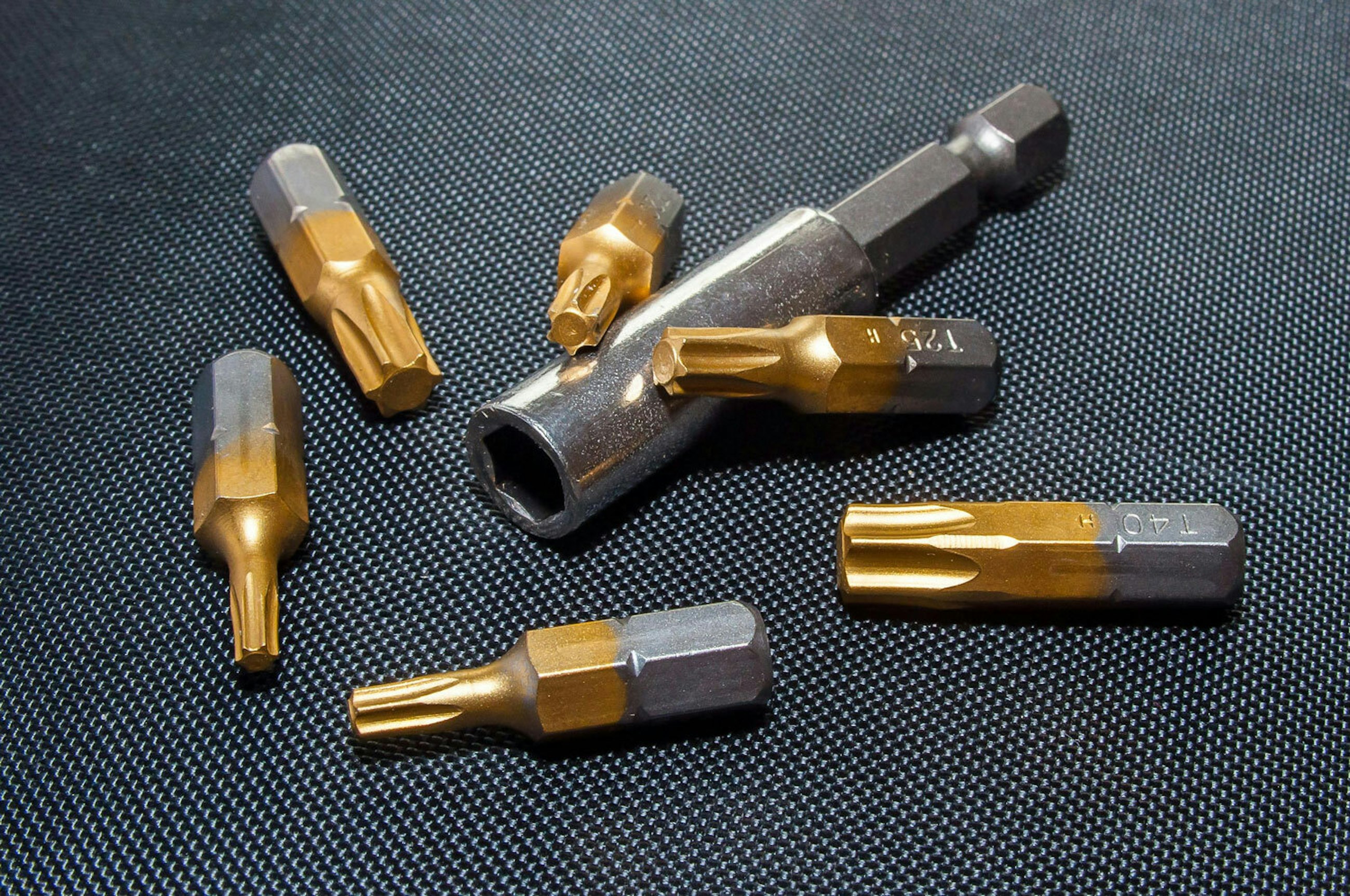Strategic responses to a shifting US trade environment
17 October 2025
European manufacturers that have historically served the US market through exports are facing a structural shift. Trade barriers, “Made in America” expectations, and incentives for local production are now reshaping the competitive landscape. For companies without a US footprint, this means higher costs, greater uncertainty, and growing pressure from customers to localise. Export-only models that once delivered healthy margins now face persistent headwinds.
This viewpoint outlines the forces driving change, a practical decision framework for manufacturing footprint choices, a detailed “Mexico-first” case example, and, finally, concrete actions to take now.
Why the rules of the game are changing
The global trade environment has changed significantly for European manufacturers without a North American presence. Recent US tariff increases, reciprocal measures, and the suspension of low-value import exemptions have raised costs and volatility. Rules of origin and regional content preferences under the United States-Mexico-Canada Agreement (USMCA) further shape sourcing choices, while retaliatory moves elsewhere add additional risks.
The question is no longer whether localisation matters, but how fast and in what form companies should respond while managing capital intensity, compliance, and operating model change.
What it takes to build a local presence
A new US manufacturing facility typically takes between 18 and 36 months to establish, depending on scale, permitting, and supply chain complexity. Brownfield or contract manufacturing can shorten this to 9–18 months, though with some trade-offs in control and integration.
Building out regional supply (sourcing, logistics, skilled labour) often adds 12–24 months, and localising inputs within North America is frequently necessary to qualify for USMCA benefits.
Cost structure scenarios:
- Export-only: Imports of finished goods from Europe (typically 15%) or China (typically 30%) to the US now face significantly higher tariffs than before 2025, with even higher rates for certain sectors such as steel, aluminium, and autos. The previous exemption for low-value shipments has been suspended, so all shipments are now subject to duties.
- Localised assembly: Companies that establish local assembly or distribution can often reduce tariffs on finished goods if they meet value-add requirements, but components imported from outside North America may still face tariffs (typically 10% from the EU, 25% from China).
- Fully localised supply chain: Building a fully localised supply chain removes most tariff exposure but requires significant time, capital investment, and long-term commitment. Mexico and Canada, under USMCA, offer tariff-free access for qualifying goods, making nearshoring an attractive option for many European manufacturers.
Below are two simplified examples, illustrating the cost impact of 2025 tariffs for European industrial goods manufacturers under different supply chain configurations. Note how in all cases the total landed cost in US will be higher than pre-2025 levels.
Two questions frame the choice
The decision space is defined by two linked questions: (1) can we become – and remain – cost‑competitive in US production for the relevant SKUs, and (2) how attractive is the US market over our investment horizon? These dimensions anchor the opportunity space and guide where to localise, nearshore, or continue exporting.
1) Ability to become and remain cost‑competitive
Structural factors – energy prices, labour productivity, access to raw materials, freight, and rising tariff risk – are tilting toward North American production in many categories, reinforced by state‑level incentives, procurement preferences, and elements of the Inflation Reduction Act. At company level, competitiveness depends on how quickly you can localise supply, automate at scale, and deploy digital productivity to offset higher wages in some regions. Expect a bifurcation: highly engineered, automation‑intensive products can embed competitively in the US; commoditised assembly will struggle to localise at attractive economics.
2) Attractiveness of the US market
Demand growth and policy support are strongest in industrial machinery and equipment, specialty chemicals/materials, engineered components, and clean‑tech equipment – areas where many European players have strengths. Risks remain: evolving tariff coverage, investment screening, and domestic‑content preferences introduce uncertainty, and regional dynamics (e.g., cost‑competitive southern states versus coastal demand hubs) influence footprint choices. Because footprint moves are hard to reverse, treat market outlook and competitiveness as a joint hypothesis before committing capex.
How an opportunity framework brings clarity
At the heart of this viewpoint is a practical opportunity framework designed to help European manufacturers navigate the complex landscape of US market entry and localisation. The framework is built on the two critical dimensions above – cost competitiveness and market attractiveness.
How to use the framework:
- High competitiveness, high market attractiveness: Prioritise full localisation. Invest in US manufacturing, supply chain integration, and long-term presence.
- High competitiveness, low market attractiveness: Consider selective or phased localisation, but monitor market signals closely before committing major capital.
- Low competitiveness, high market attractiveness: Explore hybrid models (e.g., nearshoring in Mexico, contract manufacturing, or local assembly) to gain market access while managing risk.
- Low competitiveness, low market attractiveness: Maintain export-only or minimal presence; avoid major investments.
Most larger companies will find their products distributed across these zones. The framework enables a portfolio view, helping leaders allocate resources, stage investments, and revisit decisions as market and policy conditions evolve. It also supports scenario planning: as tariffs, incentives, or demand shift, products may move between zones, prompting a reassessment of footprint strategy.
A European industrial equipment manufacturer, for example, might find that its high-value, automation-intensive products fall in the “localise” zone, justifying a US plant, while lower-margin, commoditised lines remain best served by exports or regional assembly in Mexico.
What a Mexico-first strategy looks like in practice
Company profile
A leading European manufacturer of compressors and HVAC components, with major facilities in Europe and China, historically served North America through exports. A decade ago, the company closed its last US plant, consolidating supply into exports from Asia to maximise cost efficiency in a highly competitive market. Today, the US remains its single largest national market, accounting for roughly one-fifth of global sales.
Strategic challenge
Recent shifts in “Build in America for America” policies, tighter rules of origin under USMCA, and increasing customer preference for North American assembly have prompted a strategic rethink.
US market outlook | Ability to achieve manufacturing competitiveness |
| Demand growth: US demand for energy-efficient cooling and refrigeration systems is strong, driven by infrastructure investment, refrigerant transitions, and decarbonisation goals. | Structural cost gap: Full US manufacturing would face materially higher direct labour and benefits costs compared to northern Mexico, even with automation. |
| Competitive edge: The company’s technology leadership and track record with OEMs provided a strong foundation. | Tariff mitigation: While not all components qualified for USMCA benefits, final assembly in Mexico shielded the company from duties on complete products shipped directly from Asia. |
| Customer signals: OEMs increasingly required North American assembly to reduce lead times and qualify for local content incentives. | Supply chain reality: Retaining high-value component production in China preserved low-cost supplier relationships and avoided the capital-intensive buildout of a fully local US component base. |
Decision
Nearshoring, not full onshoring
After careful evaluation, the company decided to establish a new production (primarily assembly) setup for its HVAC components in Mexico.
Rationale
- Mexico offered lower labour costs, faster ramp-up, and tariff-free US access under USMCA, without the capital intensity of a US greenfield site.
- Assembly was heavily automated, but would still not be cost-competitive in the US
- The hybrid model allowed the company to respond flexibly to future changes in tariffs or customer requirements.
Key benefits achieved | Risks and limitations |
| Shorter lead times to US customers. | Compliance challenges with USMCA rules of origin. |
| Improved supply chain resilience. | Exposure to tariffs on imported components. |
| Access to USMCA tariff preferences for qualifying products and lower total landed cost. | Potential tightening of domestic content rules in the future. |
Outcome
The Mexico-first strategy enabled the company to maintain competitiveness in the US market, meet evolving customer requirements, and manage risk in a volatile trade environment—demonstrating the value of a structured, scenario-based approach to footprint decisions. This case illustrates how a flexible, regionally optimised approach can help European manufacturers maintain competitiveness despite rising trade barriers.
How to put a framework to work in your organisation
In today’s volatile trade environment, leaders need more than intuition to make the right manufacturing footprint choices. A structured decision framework – like the one outlined here – can help bring clarity and discipline to complex choices, while remaining flexible enough to adapt as conditions change.
How to put a framework to work
- Map your portfolio: Start by evaluating each product line or business unit against two key dimensions: your ability to achieve and sustain cost competitiveness in the US, and the medium-term attractiveness of the US market for that offering. This mapping helps visualise where full localisation, nearshoring, or continued exporting are most likely to succeed.
- Prioritise and tailor your actions: Use the framework to identify where to focus investment and attention. For products that score high on both dimensions, develop robust business cases for local production. Where only one dimension is favourable, consider hybrid or phased approaches – such as regional assembly or contract manufacturing. For offerings that fall short on both, maintain a lean export model and avoid major commitments.
- Scenario plan and stress-test: Regularly test your assumptions by modeling how shifts in tariffs, incentives, or demand could move products between zones. This helps you anticipate risks, spot new opportunities, and build flexibility into your strategy.
- Make it a living tool: Revisit your framework as market conditions, policies, and your own capabilities evolve. Encourage cross-functional teams to use it as a shared language for decision-making and update your mapping as new data emerges.
- Communicate and align: Share the framework and its implications with key stakeholders to ensure alignment and transparency. Use it to support data-driven discussions about trade-offs, timing, and resource allocation.
No framework is a crystal ball, but applying a structured approach enables leaders to respond proactively, make more confident decisions, and adapt quickly as the US trade landscape continues to evolve.







